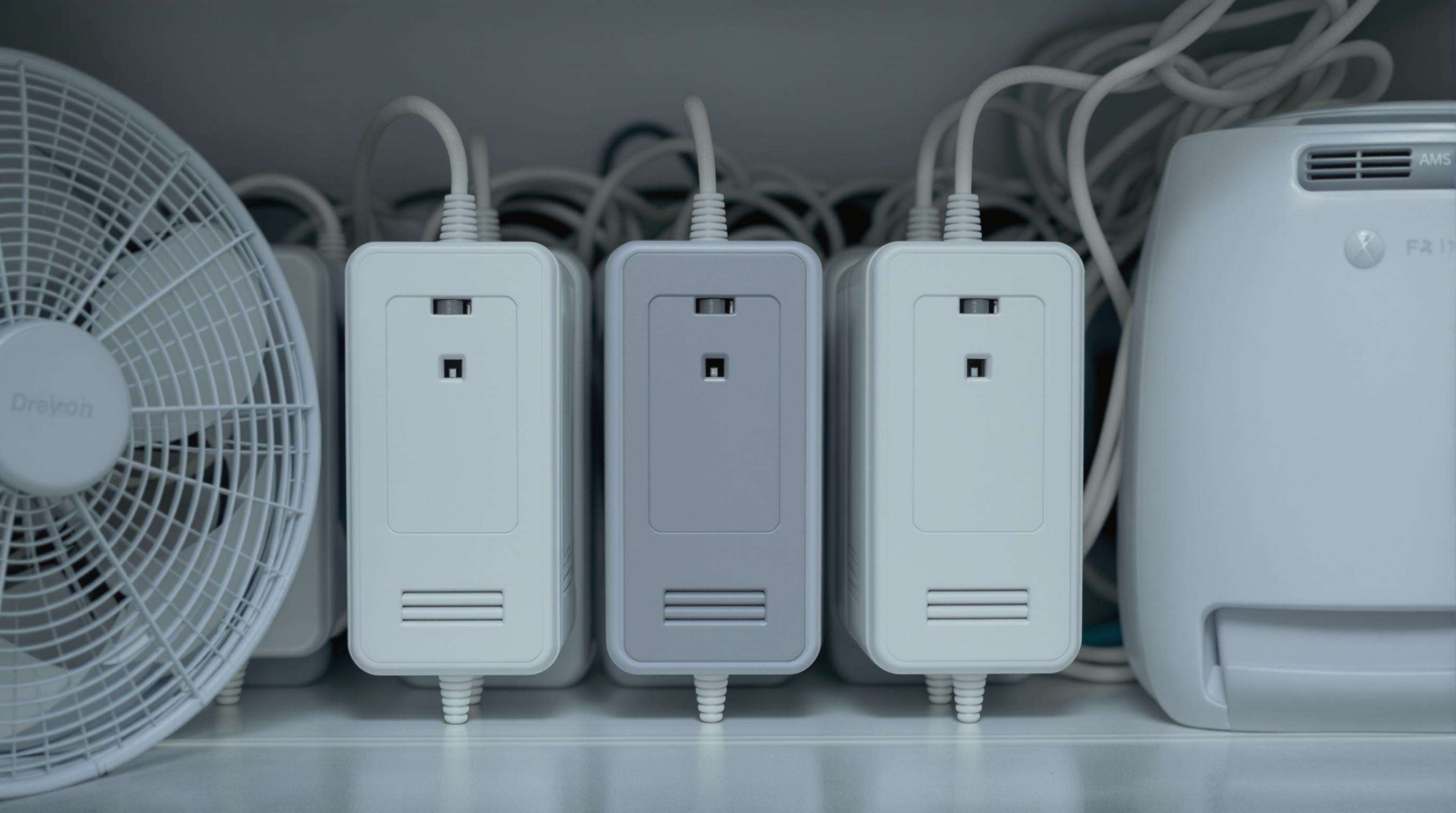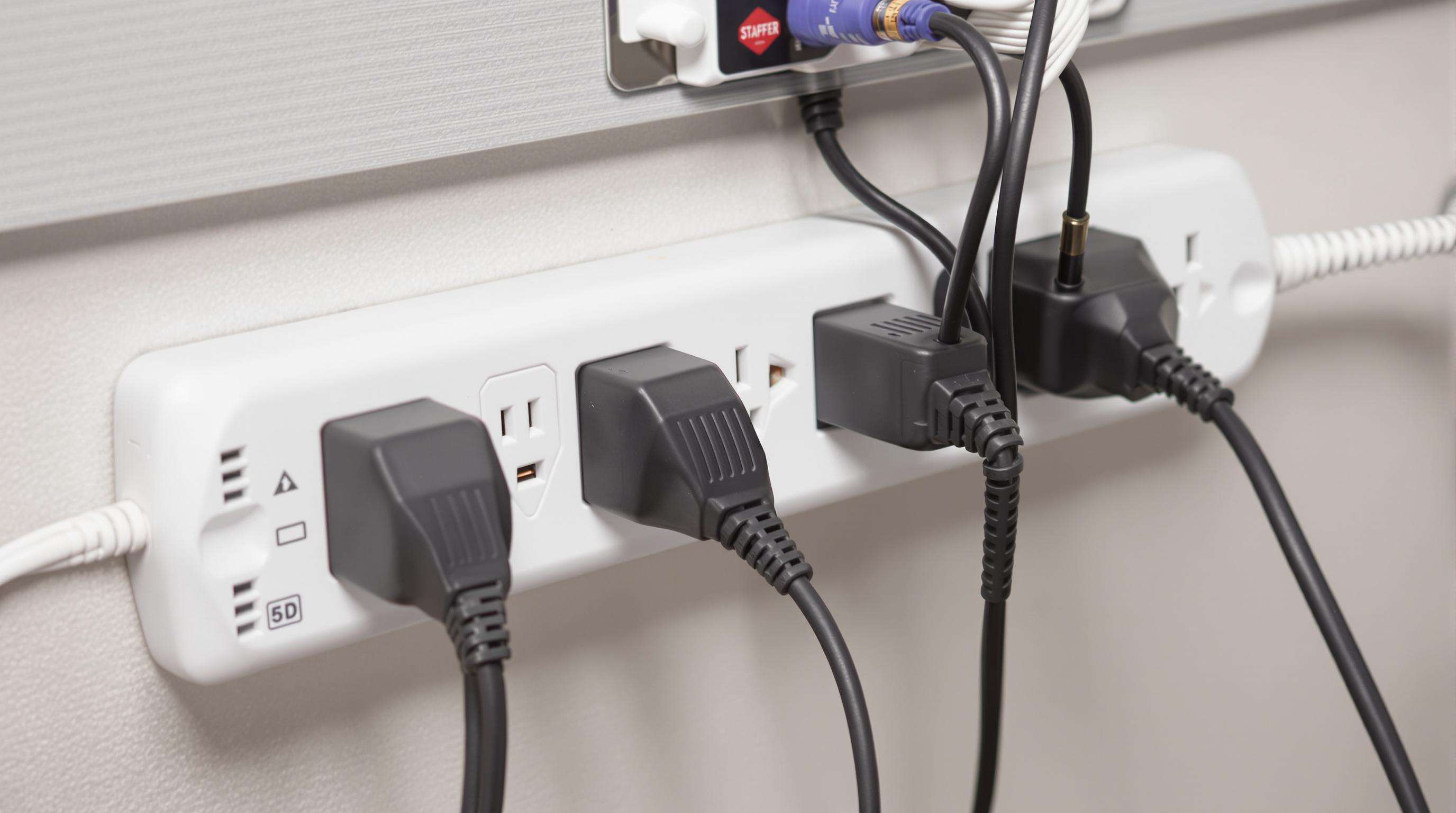8-9F, Blding A, Nanbiantou S&T Park, Tianyang 2nd Road, Oriental Community, Songgang Street, Bao'an District, Shenzhen 518105, Guangdong, China
Telephone:+86-755-23005669
AC adapters take the alternating current coming out of our walls and turn it into direct current that actually works for all those gadgets we rely on daily. Why does this matter so much? Well, according to the Electronics Safety Board from last year, about two thirds of all problems with devices getting power are down to unstable voltages. Good quality adapters do more than just switch currents around they also control how much electricity flows through them and block out unwanted electrical interference. That makes all the difference when powering things like laptops during important work sessions, keeping routers running smoothly without dropping connections, or even supporting life saving medical equipment where reliability isn't optional.
Always match your adapter’s output voltage and amperage to your device’s input requirements. Mismatches cause 41% of premature adapter failures by forcing components beyond design limits (Power Systems Journal, 2023). In multi-device environments, choose industrial-grade adapters built for repeated load cycling instead of consumer models.
Excess voltage overloads circuitry, while insufficient voltage leads to excessive current draw—raising operating temperatures by an average of 72°F (Thermal Management Study, 2023). Repeated mismatches degrade transformers and capacitors up to four times faster, reducing typical adapter lifespans from 5 years to just 18 months in severe cases.

Humidity above 80% RH reduces heat dissipation by 30% and promotes corrosion. In server rooms or industrial areas, take these steps:
A manufacturing plant in Southeast Asia experienced 62% premature AC adapter failures within 18 months. Root causes included high ambient temperature, humidity, and poor spacing:
| Factor | Impact | Mitigation Adopted |
|---|---|---|
| 32°C average temperature | Accelerated capacitor degradation | Installed active cooling fans |
| 85% average humidity | PCB corrosion | Added silica gel dehumidifiers |
| Confined installation | 22°C internal temp rise | Redesigned equipment spacing |
After implementing these fixes, annual replacement rates fell to 11%, saving $18,000 per year.

Voltage spikes exceeding 120% of nominal input can permanently damage internal components. According to a 2023 Ponemon Institute study, 62% of power supply failures in industrial settings stem from repeated low-level surges, which degrade capacitors and regulators over time, leading to inefficient power delivery and eventual failure.
In areas with ±25% voltage fluctuation, line-interactive UPS systems stabilize input to AC adapters. A 2024 field study in Southeast Asia found that combining voltage regulators with Type 2 SPDs (Surge Protection Devices) reduced adapter failures by 62%.
Use cables with UL/IEC certification, reinforced connectors, and oxygen-free copper conductors for durability. Substandard cables increase adapter failure rates by 32% due to inconsistent current flow (2023 connectivity hardware study). Strain relief sleeves at plug junctions significantly reduce wear at high-stress points.
Sharp bends (over 90°) and tight wraps weaken internal wiring. Maintain a minimum 1.5-inch bend radius and avoid pulling cords at angles from the adapter. Nearly half of all adapter replacements stem from broken solder joints caused by repeated tugging near connectors.
Proper storage reduces cable replacements by 29% in humid environments (2024 industrial safety report).
Replace cables immediately if you notice:
While temporary fixes like heat-shrink tubing exist, most manufacturers void warranties on modified cables. Always replace with OEM or equivalent-rated cords to maintain safety and voltage stability.
Watch for intermittent charging, excessive heat (surface temperatures above 113°F/45°C), or buzzing sounds. Visible damage such as frayed wires or swollen casings means immediate replacement is needed. A 2022 Electronics Reliability Study found 78% of adapters showing these signs fail within six months if not replaced.
Simplify inspections with this 5-point routine:
Store unused adapters in environments below 86°F (30°C) and 60% humidity—conditions linked to tripled lifespans in a 2023 IEEE thermal degradation analysis. Never leave adapters plugged in during storage, as idle currents continue to stress internal capacitors.
Use ruggedized AC adapters with IP54-rated enclosures in demanding settings. Conduct quarterly load testing on critical power supplies and train staff to report issues within 24 hours—a protocol shown to cut industrial equipment downtime by 42% (ElectroTech Quarterly, 2023).
An AC adapter converts alternating current (AC) from outlets into direct current (DC) used by electronic devices, ensuring safe and stable power supply.
Always match the adapter's output voltage and amperage with your device's input requirements to prevent malfunctions and prolong device life.
Proper ventilation prevents overheating, which can degrade key components such as capacitors and semiconductors, ultimately shortening the adapter's lifespan.
Power surges can damage internal components, leading to inefficient power delivery and eventual failure; surge protectors can mitigate these effects.
Signs include intermittent charging, excessive heat, buzzing sounds, or visible damage like frayed wires. Prompt replacement is advised to prevent device damage.